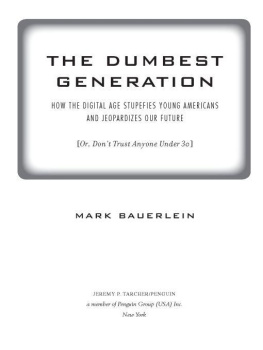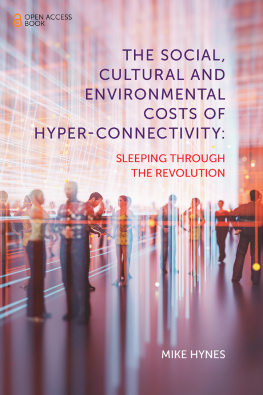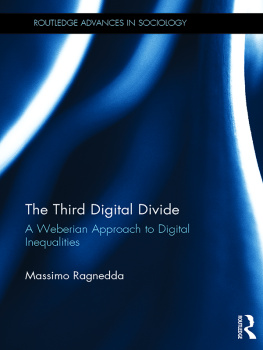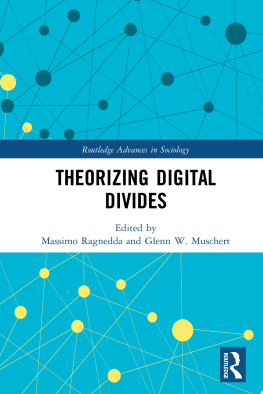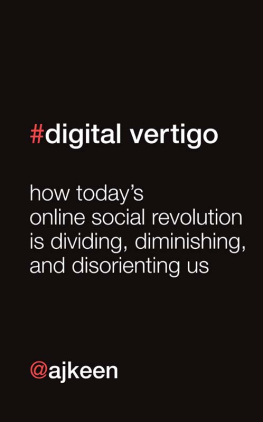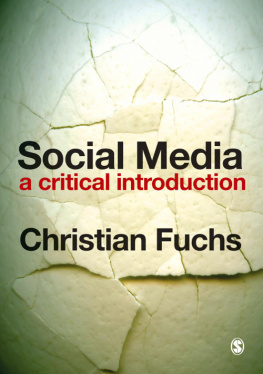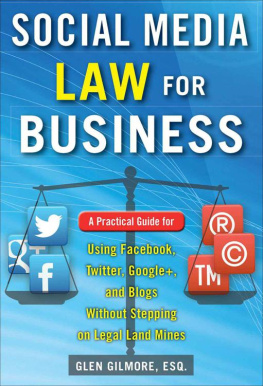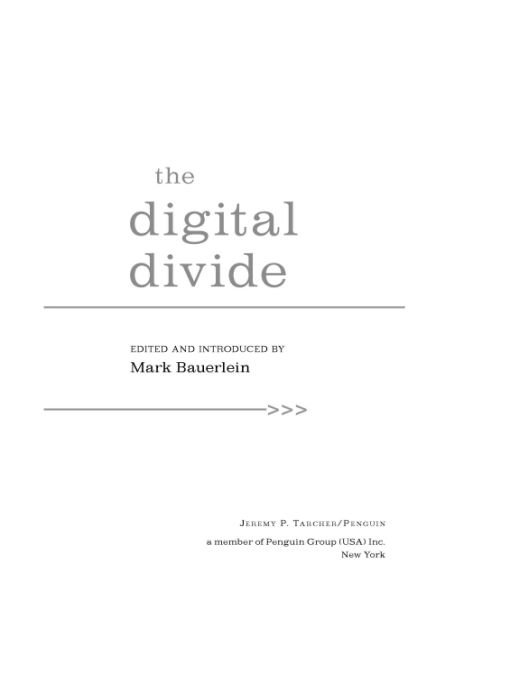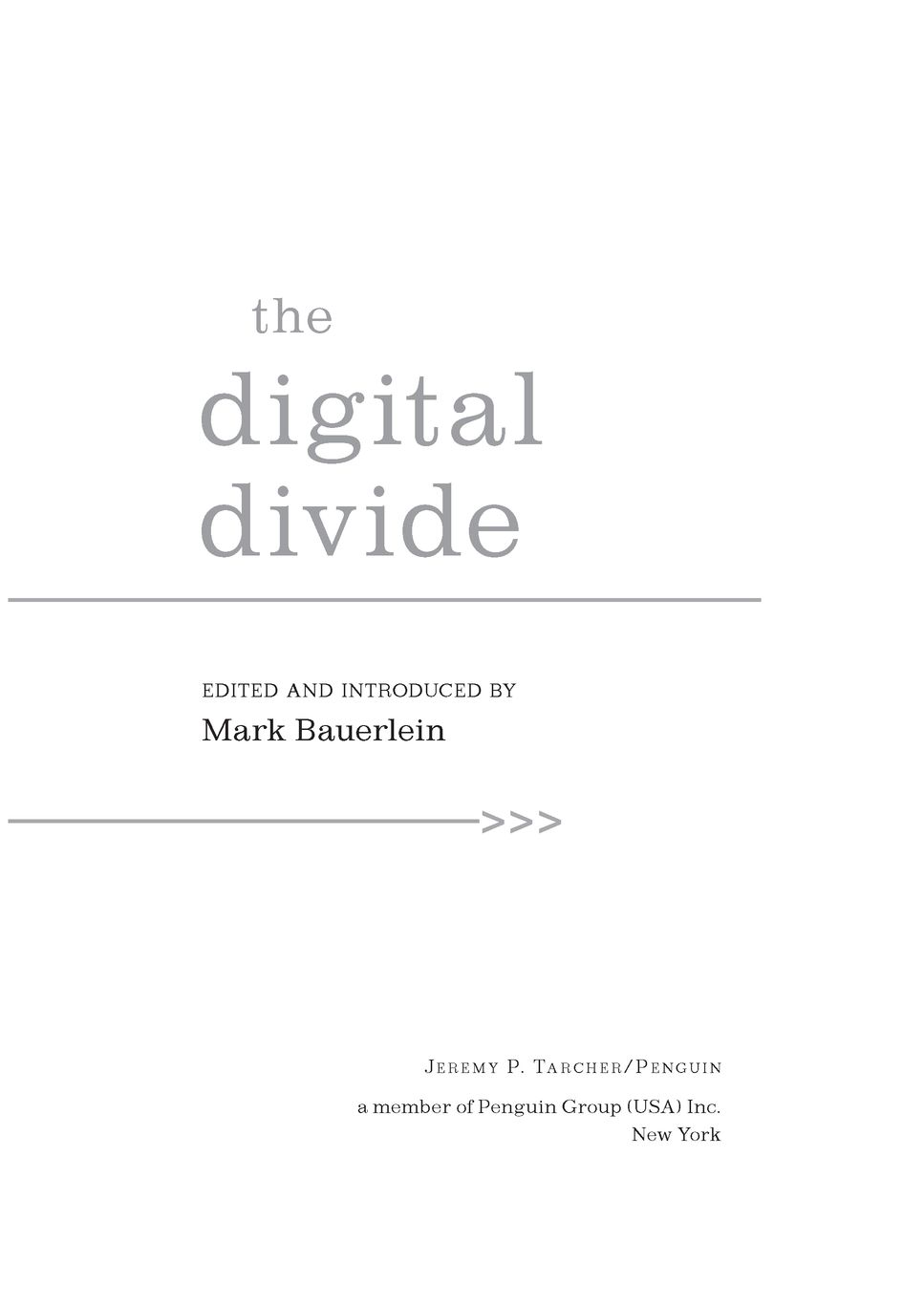Mark Bauerlein - The Digital Divide: Arguments for and Against Facebook, Google, Texting, and the Age of Social Networking
Here you can read online Mark Bauerlein - The Digital Divide: Arguments for and Against Facebook, Google, Texting, and the Age of Social Networking full text of the book (entire story) in english for free. Download pdf and epub, get meaning, cover and reviews about this ebook. year: 2011, publisher: Tarcher, genre: Art. Description of the work, (preface) as well as reviews are available. Best literature library LitArk.com created for fans of good reading and offers a wide selection of genres:
Romance novel
Science fiction
Adventure
Detective
Science
History
Home and family
Prose
Art
Politics
Computer
Non-fiction
Religion
Business
Children
Humor
Choose a favorite category and find really read worthwhile books. Enjoy immersion in the world of imagination, feel the emotions of the characters or learn something new for yourself, make an fascinating discovery.

- Book:The Digital Divide: Arguments for and Against Facebook, Google, Texting, and the Age of Social Networking
- Author:
- Publisher:Tarcher
- Genre:
- Year:2011
- Rating:3 / 5
- Favourites:Add to favourites
- Your mark:
The Digital Divide: Arguments for and Against Facebook, Google, Texting, and the Age of Social Networking: summary, description and annotation
We offer to read an annotation, description, summary or preface (depends on what the author of the book "The Digital Divide: Arguments for and Against Facebook, Google, Texting, and the Age of Social Networking" wrote himself). If you haven't found the necessary information about the book — write in the comments, we will try to find it.
This definitive work on the perils and promise of the social- media revolution collects writings by todays best thinkers and cultural commentators, with an all-new introduction by Bauerlein.
Twitter, Facebook, e-publishing, blogs, distance-learning and other social media raise some of the most divisive cultural questions of our time. Some see the technological breakthroughs we live with as hopeful and democratic new steps in education, information gathering, and human progress. But others are deeply concerned by the eroding of civility online, declining reading habits, withering attention spans, and the treacherous effects of 24/7 peer pressure on our young.
With The Dumbest Generation, Mark Bauerlein emerged as the foremost voice against the development of an overwhelming digital social culture. But The Digital Divide doesnt take sides. Framing the discussion so that leading voices from across the spectrum, supporters and detractors alike, have the opportunity to weigh in on the profound issues raised by the new media-from questions of reading skills and attention span, to cyber-bullying and the digital playground- Bauerleins new book takes the debate to a higher ground.
The book includes essays by Steven Johnson, Nicholas Carr, Don Tapscott, Douglas Rushkoff, Maggie Jackson, Clay Shirky, Todd Gitlin, and many more. Though these pieces have been previously published, the organization of The Digital Divide gives them freshness and new relevancy, making them part of a single document readers can use to truly get a handle on online privacy, the perils of a plugged-in childhood, and other technology-related hot topics.
Rather than dividing the book into pro and con sections, the essays are arranged by subject-The Brain, the Senses, Learning in and out of the Classroom, Social and Personal Life, The Millennials, The Fate of Culture, and The Human (and Political) Impact. Bauerlein incorporates a short headnote and a capsule bio about each contributor, as well as relevant contextual information about the source of the selection.
Bauerlein also provides a new introduction that traces the development of the debate, from the initial Digital Age zeal, to a wave of skepticism, and to a third stage of reflection that wavers between criticism and endorsement.
Enthusiasms for the Digital Age has cooled with the passage of time and the piling up of real-life examples that prove the risks of an online-focused culture. However, there is still much debate, comprising thousands of commentaries and hundreds of books, about how these technologies are rewriting our futures. Now, with this timely and definitive volume, readers can finally cut through the clamor, read the the very best writings from each side of The Digital Divide, and make more informed decisions about the presence and place of technology in their lives.
Mark Bauerlein: author's other books
Who wrote The Digital Divide: Arguments for and Against Facebook, Google, Texting, and the Age of Social Networking? Find out the surname, the name of the author of the book and a list of all author's works by series.

